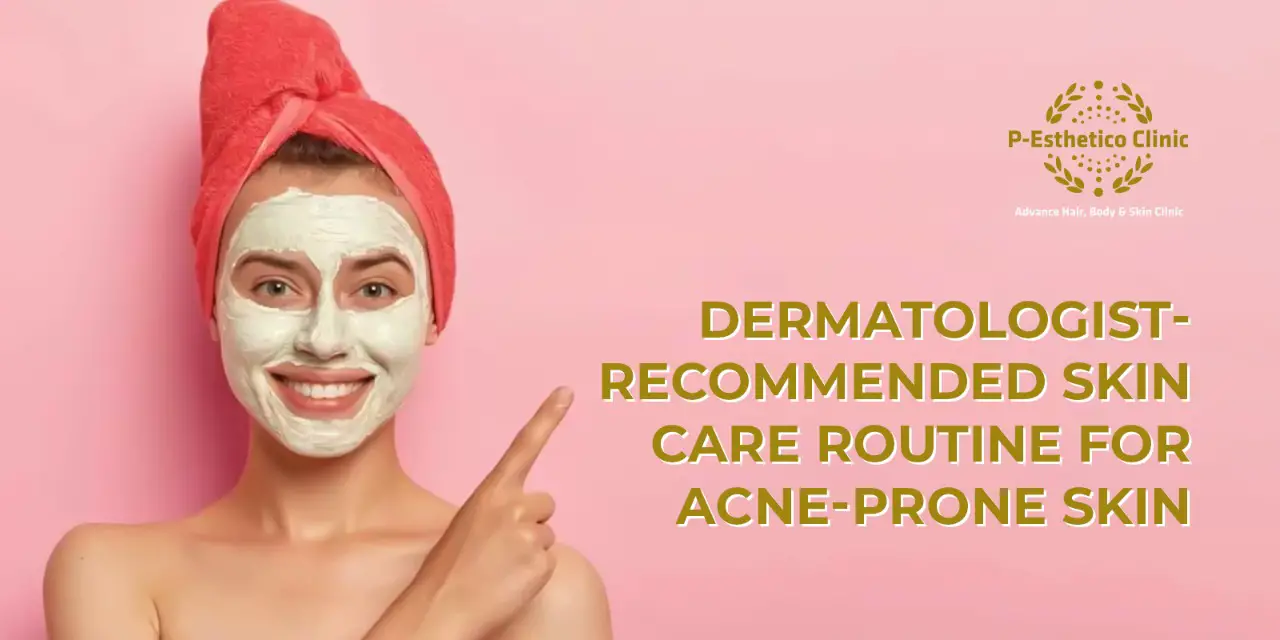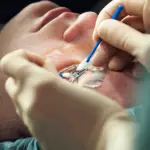What if you woke up one day with a pimple on your face? What would you do in such a situation? It’s the worst possible scenario, and nobody wants to experience it. However, this is the reality of the morning for those with acne-prone skin.
Acne is distressing for everyone experiencing it, whether they are a teenager or in their forties. A dermatologist is a person’s greatest ally in this case. However, you can reverse the effects if you commit to healthy skin care practices.
The recommended skin care routine for acne skin
Although acne is a widespread issue today, the good news is that it can be managed. A dermatologist is the only one who can determine the underlying cause of acne. While we can’t change our genes, we can improve our diets and skincare routines.
To keep their acne-prone skin in check, acne sufferers should adhere to this regular regimen.
Step 1: Clean your face with the help of a face wash
Zits, or acne, are a sign of dirt buildup on the face and must be cleaned before acne can be eradicated. A facial cleanser can assist you with it. But, hey, you shouldn’t use any old face cleanser on your face. You should use a facial cleanser designed for oily skin or one prescribed by a dermatologist if your skin is very oily and prone to acne.
Apply your preferred face cleanser by rubbing it in circular motions into your skin using just your fingertips. Rub for no more than a minute and a half. Don’t scratch or massage it too roughly. When touching your face, use a light touch.
Step 2: Apply skin activities
Serums are essentially skin activities. Serum’s high concentration of beneficial ingredients is essential for speedy skin repair and sustained hydration. Apply the serum by placing a few drops on your fingers, rubbing them together, and then patting it all over your face. Drops may also be applied topically and then patted into the skin using the tips of your fingers. It should be patted, not rubbed. Niacinamide and azelaic acid are some ideal active ingredients for acne-prone skin.
Step 3: Use an oil-free moisturizer
When used regularly, moisturizing products may reduce the appearance of oily skin and restore its natural equilibrium. Moisturizers that do not clog pores and do not contain oil are OK. However, hyaluronic acid, which preserves collagen, may be found in aloe-based, non-comedogenic moisturizers. The dosage recommended by your dermatologist is the minimum effective dose.
Step 4: Don’t forget to apply sunscreen
Apply sunscreen whether you plan on going outside or staying inside. Sunscreens are crucial in your skincare regimen since they shield us from the sun’s UV rays and the blue light emitted by electronic devices such as laptops, televisions, and smartphones.
Acne-prone skin needs a sunscreen that won’t aggravate the condition by blocking pores. You should only use the product as directed by your dermatologist, who can advise you on proper application and dosing.
Step 5: Re-cleanse at night
Many people either fail to do this or are too exhausted to try. However, re-cleansing at night is helpful. It’s a mild method for washing away the dirt and oil on your face during the day. If you speak with a professional, you may use a gel cleanser that doesn’t include surfactants.
Step 6: Use Retinol Product Before Sleeping
Retinol is the OTC form of the prescription Retin-A, a vitamin A derivative. It’s an effective multipurpose remedy for acne. It encourages keratinocytes to exfoliate and speeds up the body’s natural cycle of cell renewal. In addition to restoring the skin’s youthful appearance and preventing future breakouts, it also helps to cleanse pores.



